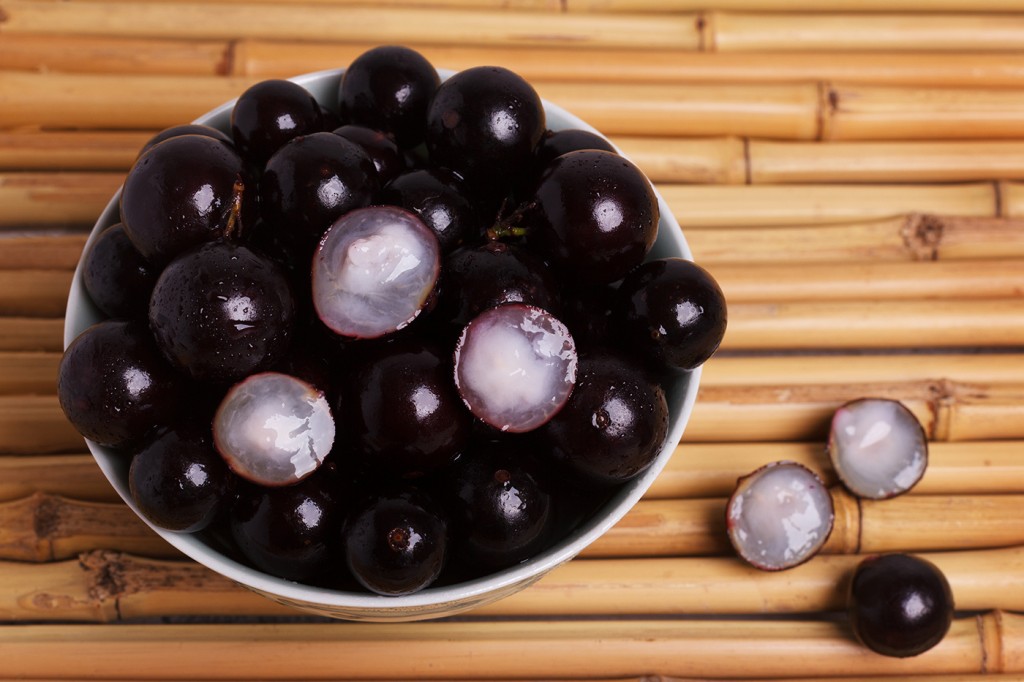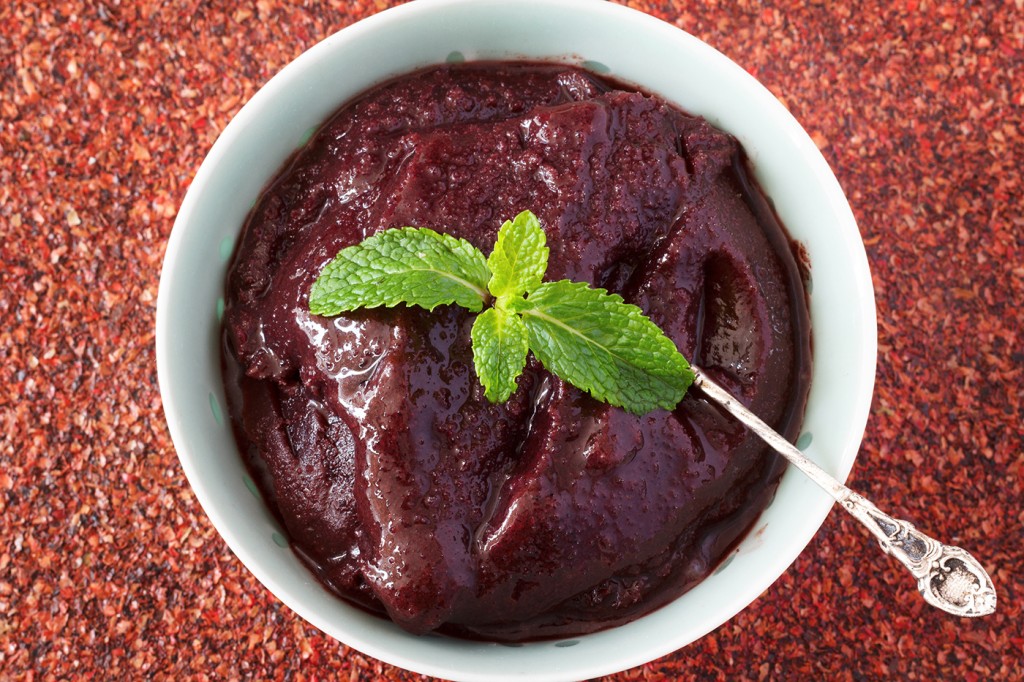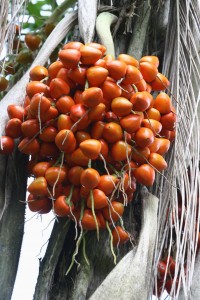The Blooming Nutrition of Brazil


We’re all familiar with common fruits such as apples, oranges, and bananas, which are delicious and nutritious.
Fortunately, the flavors and nutrition that nature offers us are boundless and there are always new tastes to discover.
In this post, we’re going to highlight some specifically impressive berries and fruits that come from Brazil, but are relatively unknown here in North America.
Almost makes you wonder – are the Amazon forest and its surrounding areas hiding any other nutritional gems?
Acai Berries Are a True Superfood

Brazilian dessert Acai pulp
Acai berries have gained the spotlight as a super fruit and for good reason. These tasty berries, which are native to Brazil, are among the top fruits in antioxidant content.
Enhanced Longevity
A 2016 study revealed that acai protects from oxidative stress and slows down the development of age-related markers. In a study with flies, adding freeze-dried acai berries to the diet extended lifespan, even when started shortly before they were expected to die.
Exercise Recovery
Athletes who consumed an acai drink were able to exercise longer during high-intensity exercise. They also had less exercise-induced metabolic stress and the exercise felt easier. A study involving hurdlers had a reduction in markers of muscle damage after six weeks of acai supplementation.
Metabolic Improvements
Improvements in blood sugar, insulin, and cholesterol were shown in adults who took acai pulp twice daily for a month. This suggests acai also has a protective effect against metabolic disease.
Brazil’s Limitless Bounty of Fruits
Not surprisingly, Brazil is home to a number of other healthy fruits that have yet to gain popularity. Here are some of them:
- Cupuaçu is an excellent source of antioxidants, including quercetin, catechin, and epicatechin, which are also found in green tea.
- Caja provide sbeta carotene, vitamin C, magnesium, and calcium. The plant’s leaves are also being investigated for their beneficial properties.
- Camu-camu berries are a great source of antioxidants, including vitamin C. The seeds contain derivatives of ellagic acid (found in raspberries and other fruit), while both seeds and skin contain proanthocyanidins.
A study that compared its effects to those of oral vitamin C in smokers found a reduction in oxidative stress markers and inflammation, while no changes were observed in the vitamin C-only group, leading the researchers to suggest that the benefits of the camu-camu may be due to other antioxidants.
Another study showed the ability of camu-camu to improve various metabolic factors like glucose, cholesterol, triglycerides, and insulin.
Camu-camu shows potential to play a role in alleviating the symtoms of a number of diseases, particularly those associated with aging. - Jaboticaba is a small fruit that contains vitamin C and anthocyanins, which provide great antioxidant benefits.
- Acerola is often added in its dried powdered form to vitamin C formulas. Long known for its high ascorbate content, these cherry-like fruits have an antioxidant effect that helps protect DNA, particularly when the fruit is in its unripe stage.

Uruçuca
Other fruits from the Amazon region include the palm fruits buriti, inajá, pupunha, and tucumã. These fruits also contain polyphenols that provide significant antioxidant protection.
It may be challenging to locate some of these fruits outside of South America. But now that you’ve heard of them, you can keep an eye out for these fruits and nutrients both in your local grocery store and when you’re supplement shopping.